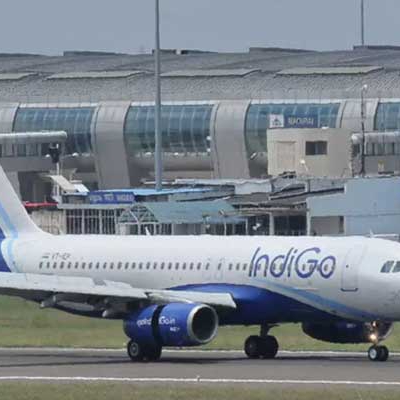With a tour plan for two weeks covering the scenic locations of Assam, Nagaland and Arunachal Pradesh, you are about to explore the rich culture and colorful traditions of the tribal villages dotted across the region.
Elephant safari inside the dense woods, time to participate in tea festival and tea tasting sessions, stay in the heritage bungalows known for their tranquility and time to participate in the community driven projects are some highlights of this tour followed by many more surprises, which will change your perception about India.
Guwahati
Upon your arrival at Guwahati Airport, our representative from Indian Panorama will receive you and assist you to check into the hotel. En route, you can visit Kamakhya Temple, icon of Guwahati. Known for the Tantric and Shakthi Cults, devotees keep thronging the temple round the year especially in June to witness Ambubachi Puja. Later in the afternoon after relaxing in the hotel, visit Srimanta Shankaradeva Kalakshetra. The multi-art complex explains you the rich cultural diversity of Assam and also North East India. Enjoy the lights and sound programme in the evening to know more about the region. Overnight stay in Guwahati
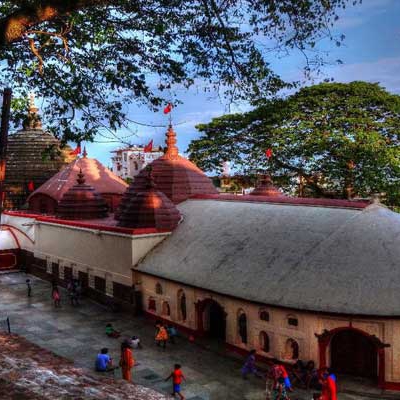
Guwahati - Sualkuchi - Hajo - Kaziranga
Post breakfast, start your drive to Kaziranga National Park. En route, visit the silk village Sualkuchi, known for the best silk fabric in the state. The entire village is engaged in Silk weaving profession and you can hear the click-clacking sound from almost all the sheds adjacent to the houses where the bamboo loom is set up. Silk weaving gives employment to more than 25,000 people in this region round the year. Explore the eclectic silk products symbolizing the swadeshi drive initiated by Mahatma Gandhi.
Proceed to Hajo, the meeting point of Hinduism, Isalm and Buddhism on the Northern bank of River Mighty Brahmaputra. Hajo is known for the numerous temples practicing the three religions and the bell metal work and the interesting artefacts made by the local craftsmen. Continue your drive to reach Kaziranga, popular as a National Park, listed in the World Heritage Site. More than 75% of the population of one-horned Rhinoceros is found in this park. Lying on the Southern Bank of Brahmaputra, being the oldest National Park of Assam, Kaziranga National Park is homeland to Asiatic Water Buffalo, Elephants, Tigers, Deers and around 400 species of Birds. Spotting the animals will be wonderful experience. Check into the hotel and relax. Overnight in Kaziranga.
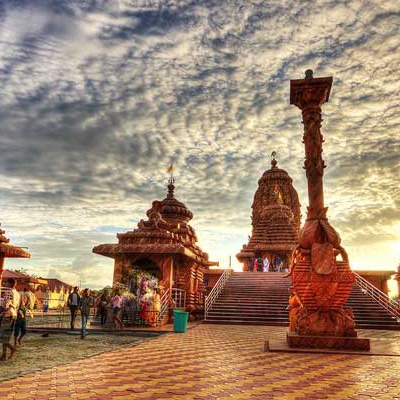
Explore Kaziranga
Full day is for you to explore and have an insight of Kaziranga National Park, acclaimed as the World Heritage Site. More than 75% of world’s total population of Great Indian One-Horned Rhinoceros is found in this park. An early morning Elephant safari will give you an excellent view of the jungle from the back of the elephant. Jeep safaris post breakfast and post lunch can take you to the different regions inside the woods near the herd of forest elephants, rhinos and other forest animals.
Before returning to the hotel, enjoy a cultural show in the evening coupled with a visit to Kaziranga Orchid Park cum Biodviersity Reservation Centre. Overnight Stay at Kaziranga Note: Kaziranga National Park remains open from 1st November to 30th April every year.
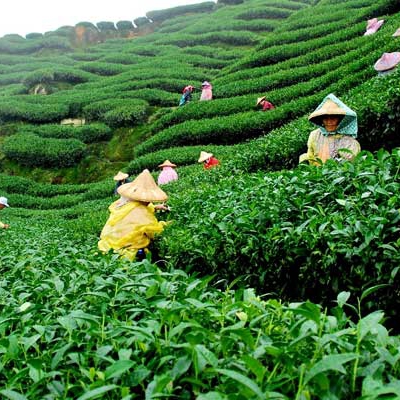
Kaziranga - Dimapur - Kohima(Nagaland)
Post breakfast, visit the local tribal village Dimapur and Kaziranga Orchid Park cum Biodiversity Conservation Centre. The Orchid Park at Kaziranga has evolved over time with wonderful collections of more than 500 types of orchids and other flora. You can also enjoy the local cuisines and the dance performances Borgeet and Xattriya.Continue your drive for another five hours to reach Kohima in Nagaland and check into the hotel. Rest of the day is at your leisure. Overnight stay in Kohima.
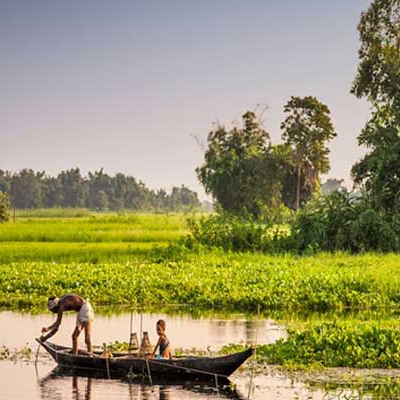
Kohima Sightseeing
This full day is for you to visit different locations of Kohima. Besides the scenic locations, the most significant one to visit is World War II Cemetery, maintained by Commonwealth War Graves Commission. The Cemetery contains 1421 slabs representing the soldiers sacrificed their lives in the battle of Kohima. State Museum houses various ornaments, musical instruments, paintings and other precious artefacts portraying the tradition, culture and evolution of Naga Tribes starting from the ancient times. Visit State Emporium where you can buy handmade articles and readymade dresses made of traditional weaves. The local market with variety of shops gives you an idea about the livelihood of Naga people. You can also plan to visit Khonoma Village, at a distance of 20kms from Kohima. The village is an ideal location for eco-tourism where the abundantly found Aldar trees and Jhum fields play a major role in fixing nitrogen in the soil and preventing Soil erosion. Return to hotel after this day long sightseeing. Overnight stay in Kohima
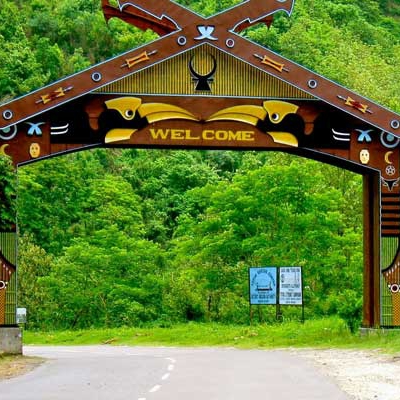
Kohima - Jorhat (Assam)
Start from the hotel after breakfast and drive to Jorhat. The travel will be for approximately 5 to 6 hours. After reaching Jorhat, check into the hotel and relax. Rest of the day is at your leisure. Overnight stay in Jorhat
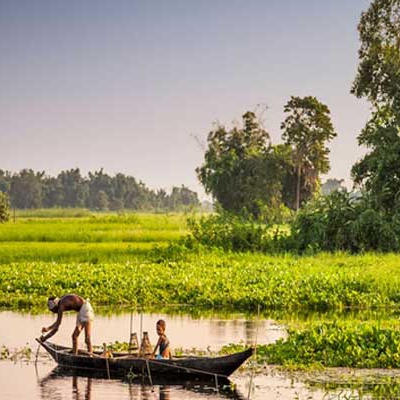
Jorhat - Majuli - Jorhat
Post breakfast, start your drive to Neematighat. From Neematighat, a ferry will take you to Majuli, world’s largest inhabited riverine island. Located between Subansri and Mighty Brahmaputra Rivers, Majuli is most popular for the monasteries following Vaishnavism which is a subsect of Hinduism. You can interact with the monks, visit the monasteries called Satras and get to know about the evolution of Vaishnavism in that region. You can also enjoy the dance form Satriya popular in Majuli. Please note you may have to remove your foot wear before entering these Satras or monasteries.
Enroute to those monasteries, you will be visiting the Mishing villages, inhabited by Mishing tribes, believed to have originated from Tibeto-Burman Clan. The Mishing villages are best known for the fertile agricultural lands owing to the presence of Mighty Brahmaputra River and the Bamboo houses built on long stilts as a protection from floods and wild beasts. After exploring Mishing and Majuli, return to hotel. Overnight stay in Jorhat.
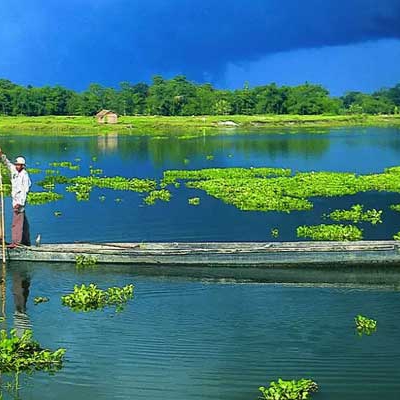
Jorhat - Gibbon WLS - Sivasagar - Dibrugarh
After an early breakfast, visit Gibbon Wildlife Sanctuary. Located at 22kms from the heart of Jorhat town, Gibbon Wildlife Sanctuary Is home for the Hoolock gibbon population. Besides, the sanctuary preserves 40 species of mammals. Continue your drive to Sivasagar, frozen with time presenting the relics of Ahom dynasty. The chieftains of Ahom ruled this region for around 600 years. The historic past and its vibrancy can be felt in the palaces, monuments and temples dotted across the city.
Reach Dibrugarh, acclaimed as Gateway to hidden lands of North Eastern India. The undisturbed haven with scenic locations take your breath away with the unending expanse of tea plantations embracing the entire region with lush green blanket. The tea factories, heritage bungalows built on bamboo stilts and the tranquil locations make Dibrugarh very special. Overnight stay in Dibrugarh.
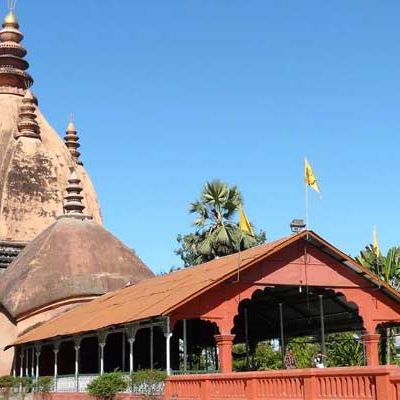
Dibrugarh Sightseeing
Post breakfast, visit Jokai Reserve Forest, which is at a few minutes drive from Dibrugarh. Jokai is home to several low altitude tropical species. Continue the day with a tour to the different tea factories, witness the different procuring and processing mechanisms producing the most popular Assam Tea. Participate in a tea tasting session, satisfying your taste buds with the richest aroma of different varieties of tea. Orthodox tea, CTC Tea are the most popular versions consumed all around. Also visit, Mukul tea estate, housing an organic garden and a wetland, home for several species of birds. You can have a firsthand experience of plucking the tea leaves and preparing roasted green tea themselves. After a delightful and aromatic experience, return to hotel.
Note: The factories cannot be visited if they are non-functional. The ideal period is between March to November when the entire region is embraced with a lush green carpet. Also, Mondays are the weekly holidays for the tea factories.
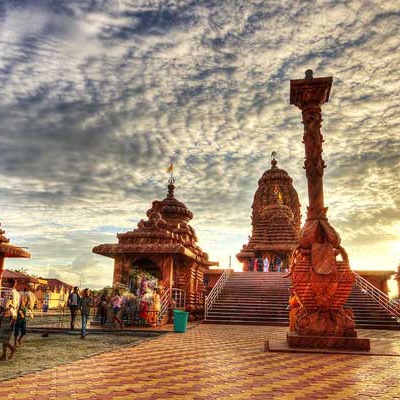
Dibrugarh - Tinsukia
After breakfast at hotel, start your day to visit Namphake Village and Digboi Oil Museum. Namphake is a beautiful Thai Village. Namphake is popular for the Buddhist monasteries and traditional houses built on bamboo stilts. Interact with the residents of Namphake village and get to know the tradition since centuries.
Digboi is the first oil town in South Asia, proud to have the world’s second oldest oil refinery. Visit the Oil Museum and the World War Allied Forces Cemetery. The cemetery is maintained by the Commonwealth War Graves Commission. Continue your drive to reach Wathai Heritage Bungalow in Limbuguri Tea Estate. The tranquillity of the location coupled with the stunning scenic ambience makes your stay here very unique. Overnight in Limbuguri Tea Estate.
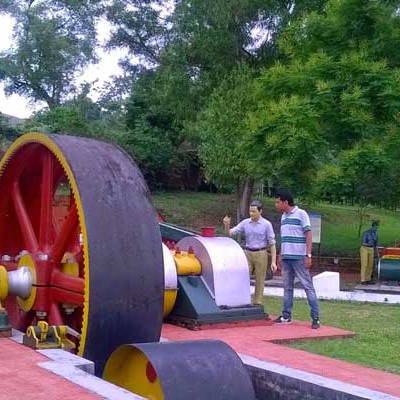
Dibru - Saikhowa National Park
Start the day with a vi, sit to the Saikhowa National Park distinctly known for vibrant wilderness and pristine scenic beauty. The park is synonymous to deciduous forests and evergreen wetlands and a homeland for rich flora and fauna. Also visit Barekuri, famous for Hoolock Gibbon, an endangered ape species. Proceed to Maguri Beel, where you can go for boat rides to spot the gangetic dolphins. After taking several boat rides return to heritage bungalow. Overnight in Wathai Bungalow.
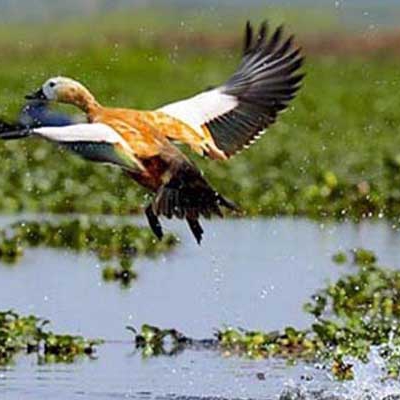
Tinsukia - Wakro - Tinsukia (Arunachal Pradesh)
Post breakfast, start your drive to Wakro, the scenic location that can be reached in 3hrs travel. En route, visit Emphang village to meet Khampti tribes. The natives of Khampti tribal village are the descendants of the Shan race from the northwestern Myanmar. They have their own script and language known as Lik-Tai. It is an unique experience to interact with those tribes and visit their houses built on raised tilts with thatched roofs. Wooden planks are used for flooring and split bamboo are the walls of the houses. The day excursion includes a visit to the Buddhist Pagoda at Chowkham known as Golden Pagoda. The tribal population in this region follow the Theravada Buddhism and you can also see the Sleeping Buddha in a nearby Buddhist Vihar here.
Continue your drive to reach Wakro, the homeland of Msihmi tribes, known for their unique dressing styles and haircuts. Mishmis are nature worshippers and festival lovers. They believe that every day is to be celebrated. Reh is the most important festival of Mishmis celebrated during the 1st week of February every year. Explore the rich tradition and culture of Mishmis, interact with them to know more before returning to Tinsukia. Overnight stay in Tinsukia.
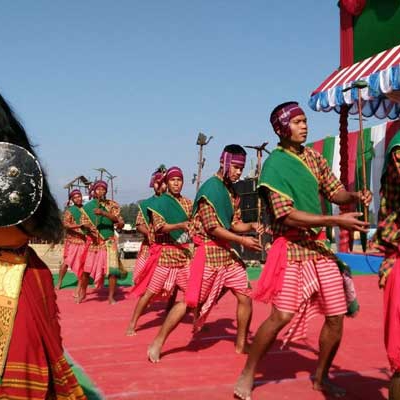
Tinsukia - Roeing - Tinsukia
This morning starts with a drive to the tribal village Roing inhabited by Idu Mishmi Tribal people. The scenic village raises from the foot of the Himalayan ranges. The snow capped peaks, turbulent rivers, mystic valleys and abundantly rich flora and fauna, make this region a wonderland. The wooden houses and the costumes used by the Idu Mishmi tribal people cannot be seen anywhere in the world, the chance never to be missed.
While returning to Tinsukia en route you will drive through India’s longest rviver bridge Dola Sadiya. Reach Tinsukia and rest of the day is at your leisure. Overnight in Tinsukia.
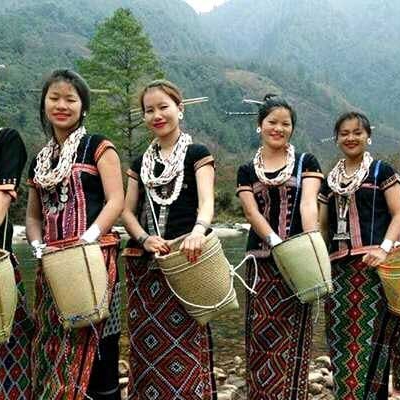
Tinsukia - Dibrugarh - Fly out
Based on your departure schedule, drive to Dibrugarh airport, which will take approximately 45 minutes and you will be assisted to board your flight to your homeland.
Tour Ends with wonderful memories !
